The Article
Asimi Grun Cables From Atlas
10th May 2019
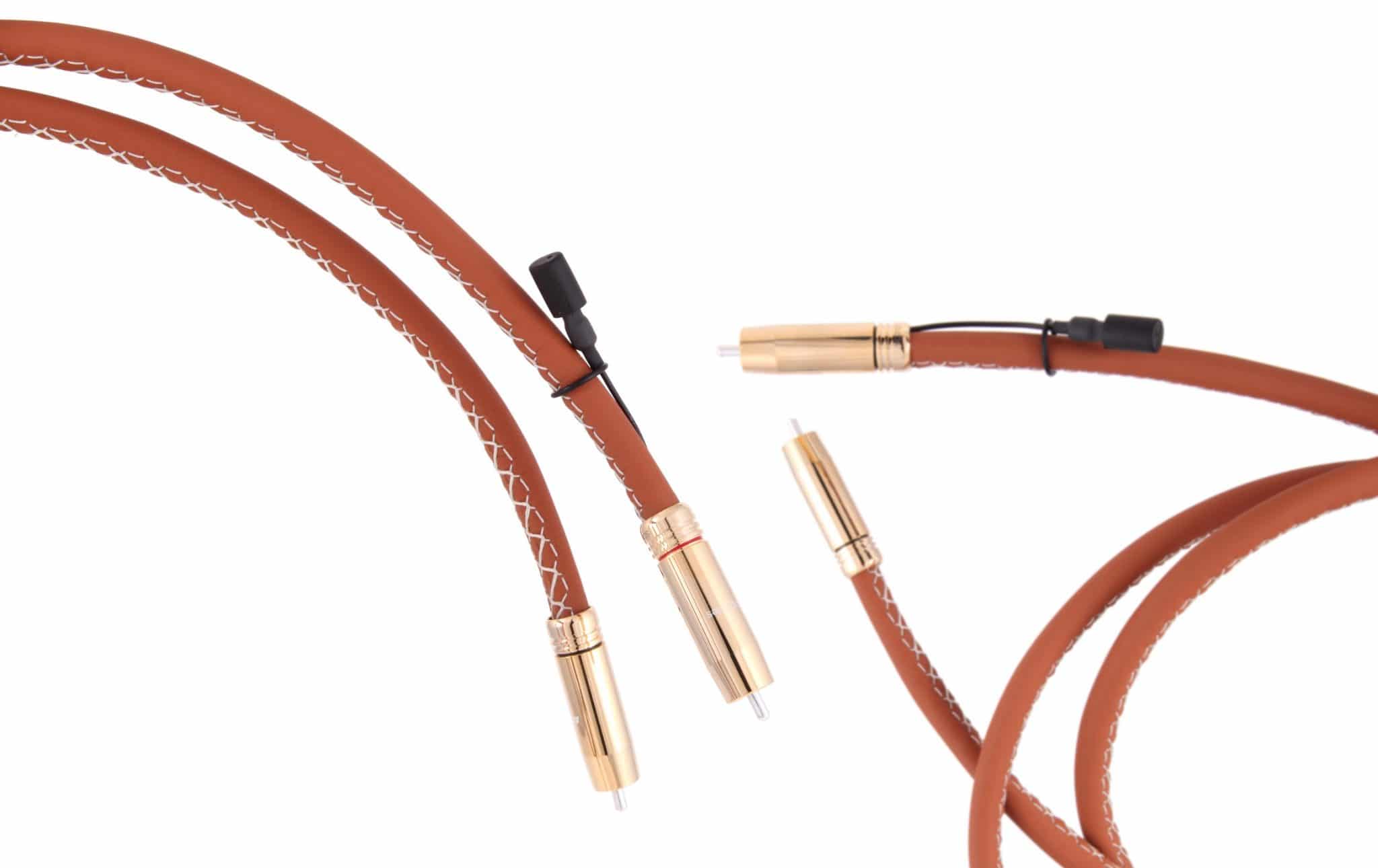
Built with separate Grun grounding cables to reduce noise, Paul Rigby reviews both the Asimi Ultra RCA interconnects and Asimi Luxe speaker cables
I like Atlas and its cable designs. In fact, Atlas used to be my ‘go to’ in terms of reference cabling for my hi-fi. The problem I have, as a hi-fi journalist, is that any reference item in my hi-fi chain is moved, pushed, pulled, plugged in and out and generally misused. Hi-Fi kit tends to get thoroughly abused to and beyond breaking point and that’s what happened to the Atlas cabling. Not the fault of Atlas, just clumsy ol’me. Then life moved on and we sort of lost touch. It’s been way too long since I took a good look at their latest interconnects and speaker cable therefore.
I’m a big fan of anti-noise design in all hi-fi components and grounding is one of those essential anti-noise tools. The best cabling tries to remove as much noise as possible from its standard, default design specification. What Atlas has done is to add a specific grounding feature addition to its cables. That concept fascinated me.
What we have here are not high-end cables but more than that. These are super cables. Top of the range for Atlas. These Asimi cables are the best they can produce. It doesn’t get any better than this for this long-standing, audiophile outfit from Kilmarnock in Scotland.
A QUICK CHAT
The new Grun standard is an evolution of the older Dual Drain technology. I asked Atlas CEO and Chief Engineer, Kevin Kelly to explain the connection.
“I used to visit the conductor supplier and you could see the components being created and then you’d come back to your own factory and you’d see how the raw material was converted into product,” said Kelly. “You’re always looking for areas where you can reduce the loss of information because, general speaking, good cables don’t add they ‘lose least’, if you know what I mean.”
There were two problems for Kelly. Firstly a requirement for better screening. The second was how to stop the screening losing its positive effects during the manufacturing process.
“To attach the plug, you had to unpick the protective screen,” said Kelly. “Doing that though created a conductor from the screen itself because of that picking. We countered that with a drain wire (a conductor without insulation that touches the screen – some people use it to make it easy to connect to a plug, others use it to add rigidity to the cable) that would run in contact with the screen. It was wound in an elliptical fashion down the cable and would touch the screen every third of a revolution. We decided to put in two drain wires 180 degrees apart, giving us more contact area. For interconnects, as others have done, we tied the screen to the return conductor at one end of the interconnect. The screen was now connected to the zero volt of the hi-fi system. The screen being energised and a place where RF energy was shunted.”
Grun is a natural extension to that. ‘Grun’ is German for Green because it’s a green cable and the word Scottish for Ground too. Normally, the noise that goes to the zero volt is undefined and that path is another source of internal noise, “Because Grun has two drain wires, instead of connecting them up to the internal cable, we take them outside which makes it easier to connect the screen of the cable directly to Earth and not zero volts.”
BROADCASTING TO THE NATION
“An interconnect is a high impedance device,” said Kelly, “picking up anything that shouldn’t be there and its a place where you should spend money to make sure you have good screening. A speaker cable is different. It’s a low impedance device. It’s doesn’t pick up, it broadcasts. It changes frequency very rapidly with a lot of power (I’m talking about passive speakers here). I’m also talking tens of amps with fast rise times. Do that and you create wideband noise which broadcasts into the environment. It’s a bit like turntable feedback coupling back into your amplifier. Here, it comes back into your interconnects and into your amplification system as noise. It’s a feedback loop. The longer that cable, the better it is at turning into an antenna. That is fed back around into your hi-fi. If you can cut down the broadcast nature of the cable, then the RF load in your system is reduced. By connecting your screen to Ground, you can eliminate that effect.”
CONSTRUCTION
Constructing the Asimi cables involved using solid conductor cores, not stranded. Oh, and no plating was involved either. The company doesn’t believe in plating, “We use 5.5 square millimetres of solid silver. That is spread across six solid conductors. Four of one size and two conductors of another. The allows us to produce single-wired, bi-wired or bi-amped versions. Also, the wider the bandwidth of a cable, the easier it can produce natural sounds so we built the cable with lots of air around the core as a dielectric. More accurate too,” said Kelly.
Each of the conductors has a cotton strand wrapped around it with microporous PTFE around that. The effect was to trap a lot of air next to the cable, driving the dielectric constant down and the bandwidth up. Plugs were crimped directly to the cable.
The whole lot was wrapped in leather, a purely aesthetic addition. Incidentally, if you buy these cables you can choose any coloured leather: Ebony, Ivory, Daytona Red and Brogue (a brown colour) are a few examples. The stitch colour and type can vary too, as can length and termination type.
The Grun wires connect to the amplifier side of the cable only.
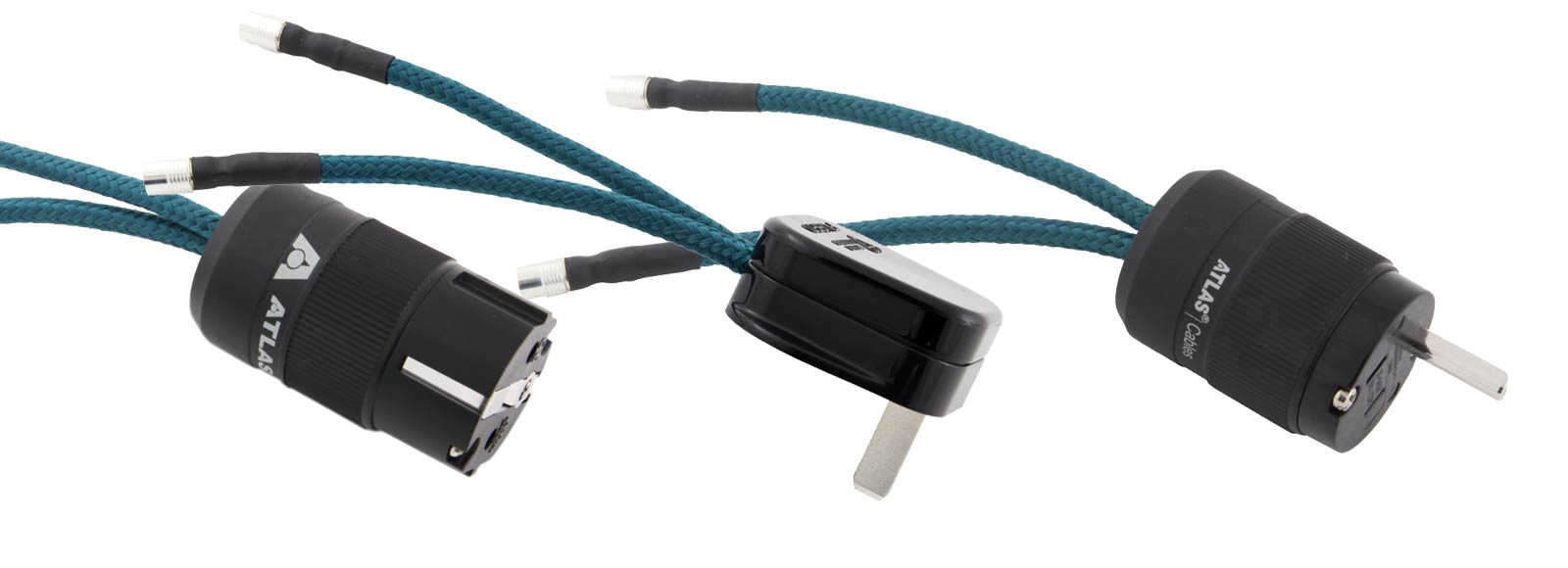
One point of note. When you connect the separate Grun grounding wires to the main interconnect or speaker cable via that dangly bit that looks like the main cable is lying in Intensive Care and is about to be hooked up to a life-saving Drip, you have a choice. A choice of Grun grounding wire with a different termination. So you can plug in a Grun grounding wire with a pair of spade terminations at the end or RCAs or mains plugs or…well, the options are wide.
During tests, I used a couple of these Grun grounding wire variants to see what, if any differences occurred between each.
So how do these Asimi cables sound?
SOUND QUALITY
I began with the Asimi interconnects to see how they performed in isolation, connecting them firstly to my valve-driven phono amplifier (a particular noisy environment) and also to my CD player (ditto).
Nancy Wilson’s You’ve Got Your Troubles from the original Capitol/EMI pressing of A Touch of Today (1966) was a useful demo disc because the master takes the music to the brink of brightness but no further. Hence, any cable cannot add stridency. If it does, the music reacts badly. It desperately needs any associated noise to be lowered to open up the soundstage. I hoped that the Atlas would perform that very task.
I left the grounding cable out of the loop initially and tested the cable on its own.
During tests, I noticed that the cables were easy to drive. Some cables use high impedance as part of their design make-up so gain rises for an appreciable volume but the Asimi’s impedance was relatively low and so a relatively low gain can be had for a similar volume.
In sonic terms the soundstage sounded open and spacious too. The overall impression was that the cleaner had just left the studio, offering a spare and airy space for the performers to do their thing.
Because of this, Wilson’s vocal was a little cool and thin in delivery but was certainly manoeuvrable and quick. The Asimi tracked the subtle changes she offered in tonal variation.
Brass was slightly sparse, lacking a rich flavour but there was also plenty of focus there which provided, from the saxes, an enhancement in their reedy-like texture. Detail was certainly accentuated from the Asimi.
I then attached a Ground cable to the interconnects and connected the other end (with an RCA termination) to another input on my pre-amp.
That cool and thin aspect from the vocal? It was reduced now that the Ground cable was part of the hi-fi circuit. The vocal now had a much greater mature presentation. Fuller and offering a greater bass presence within the mix. The brass too moved away from a slight stridency to produce a new found luxuriance that gave the brass a weight that it just didn’t have before. Space and air remained and detail was similarly present but the soundstage was now calmer. This configuration was good, better than before but there were still slight issues. The brass offered a touch of glare and vocal crescendos produced a hint of stridency. Nothing major but just a smidgeon.
Which is why I removed the Ground cable with the RCA plug on the end and replaced that with a longer Ground cable with a mains plug on the end. I inserted that plug into my power block.
Noise dropped more significantly, this time. Giving the vocal an even presentation but it also widened the vocal across the stereo image, as opposed to the narrow vocal delivery from previous tests. More than that, the brass section now completely lost that slight edge to produce an even and balanced presentation. The greater neutral aspect of the sound didn’t arrive at any noticeable cost, either. Detail remained in abundance with the welcome air and space around each instrument still in place.
SPEAKER CABLES
It was time to add the Asimi speaker cables but without the Ground cabling in place and a similar pre-Ground result occurred with plenty of detail provided across the soundstage, air and space were available in abundance, there was a sense of transparency from the basic cables which performed very well but also carried around with them a slight glare in and around the upper mids while the bass was a touch recessed.
This time, when I reached for the Ground cabling, I attached a Ground cable to each independent speaker cable with spade connectors on the other end. Each spade was then connected to the Earth point on each monoblock amplifier.
With the new Ground cables in place they once more ‘fixed’ the sound by adding a balanced presentation with a much smoother overall midrange performance. Precision was retained but a new solidity and maturity was in place, brass instruments when played en masse had a new found structure and enhanced imagery while bass arrived on the scene again to produce a sense of balance to the mix, allowing the music to fix itself with a solid lower frequency foundation. It had ‘weight’, in other words.
Then the more dynamic and bass heavy master from rock outfit T2, the It’ll All Work Out in Boomland LP and the track, Morning was played. The playback response from this nicely mastered LP was just sublime. The dancing cymbal taps were focused with their own reverb tails and they were sprinkled all over the soundstage and yet they hovered nicely over the heavy guitar sounds and the frantic drum hits without ever being impeded. The instrumental separation was plain lovely. Because of that, the music was allowed to flow while the sense of order meant that no frequency impeded or swamped another. Hence, the big bass sounds were allowed to punch and crash and fling themselves around the soundstage but the delicate stuff didn’t smear or pinch in retaliation. The music played so easily that time passed too quickly during my sound test.
CONCLUSION
While the Asimi cables are excellent, they are truly transformed in sonic terms when the Ground cables are added. The fact that various types of termination are offered for those Ground cables means that you can experiment to see what variant works best for your hi-fi system to hone the cables in order to get the very best from them. The end result is quite delightful as the Grun system produces a balanced sound quality, rich in clarity.
Prices:
Asimi Ultra Grun Luxe interconnect is £3,850 for a metre length.
Asimi Ultra Grun Luxe speaker cables starts at £5,600 per metre. Options and configurations vary.
Tel: 01563 572666
Website: www.atlascables.com
GOOD: ground cable system, termination variation, easy to use, general sound quality, tweakability
BAD: nothing
RATING: 8
[Don’t forget to check out my Facebook Group, The Audiophile Man: Hi-Fi & Music here: www.facebook.com/groups/theaudiophileman for exclusive postings, exclusive editorial and more!]
REFERENCE
Origin Live Sovereign turntable
Origin Live Enterprise 12″ arm
Avid Acutus Reference turntable
SME IV tonearm
Van Den Hul Crimson XGW Stradivarius Cartridge
Soundsmith Paua Mk.II cartridge
Icon PS3 phono amplifier
Aesthetix Calypso pre-amp
Icon Audio MB845 Mk.II monoblock amplifiers
Quad ESL-57 speakers with One Thing upgrade
Tellurium Q Silver Diamond cables
Blue Horizon Professional Rack System
Harmonic Resolution Systems Noise Reduction Components
All vinyl was cleaned using an Audio Desk’s Ultrasonic Pro Vinyl Cleaner

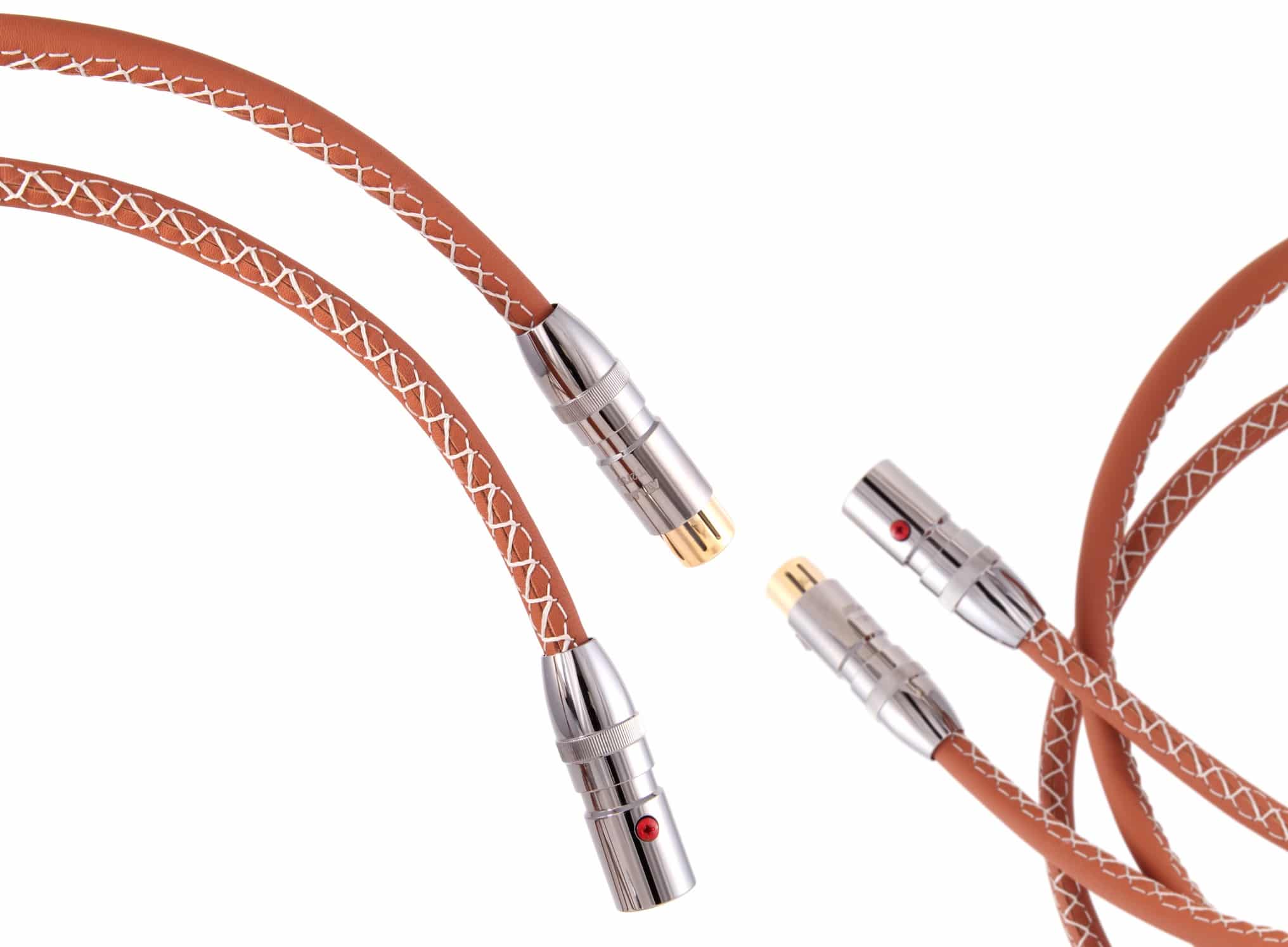
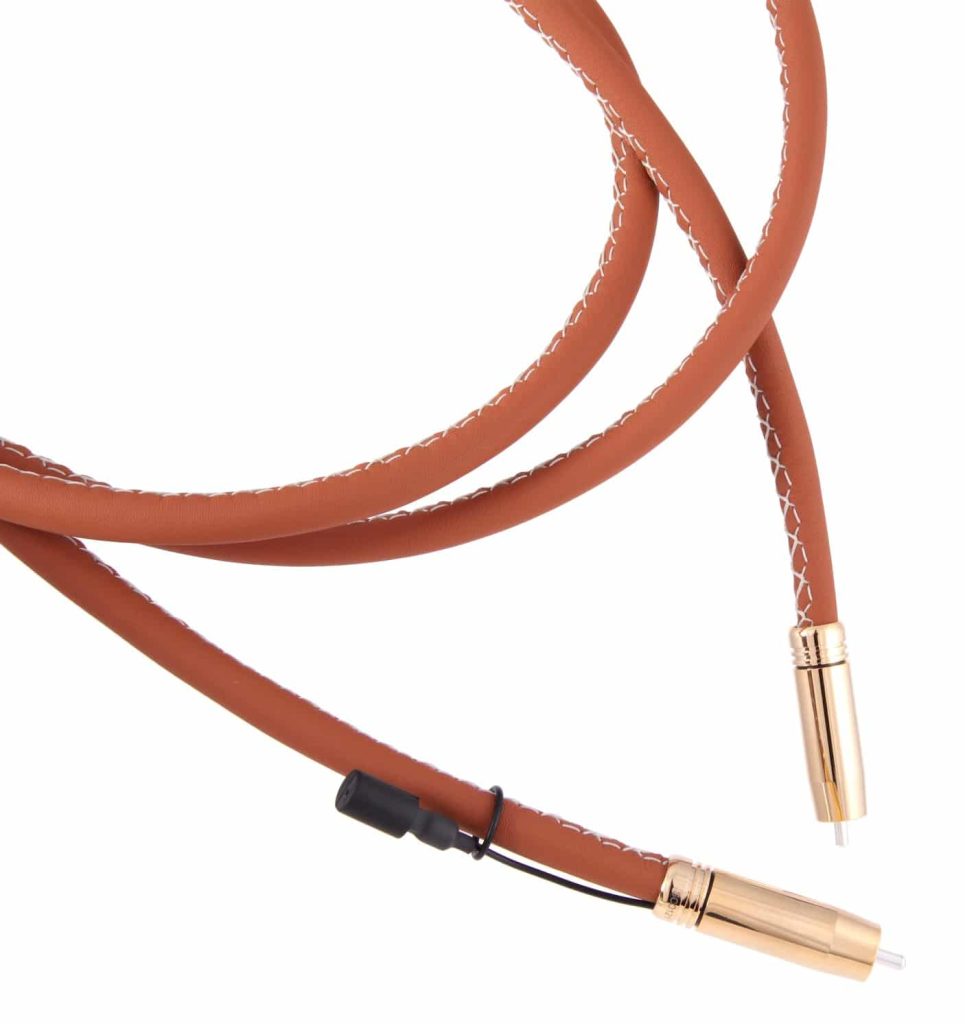

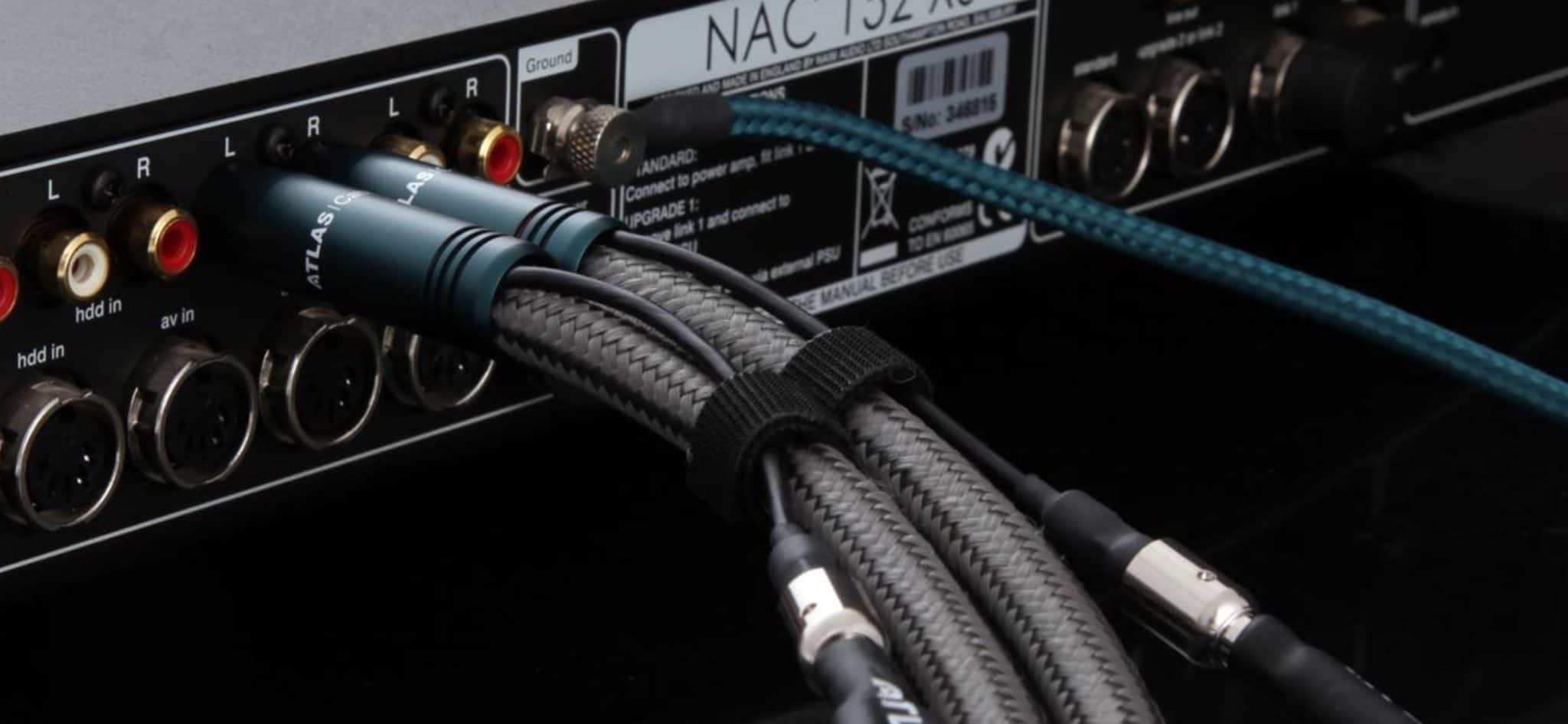
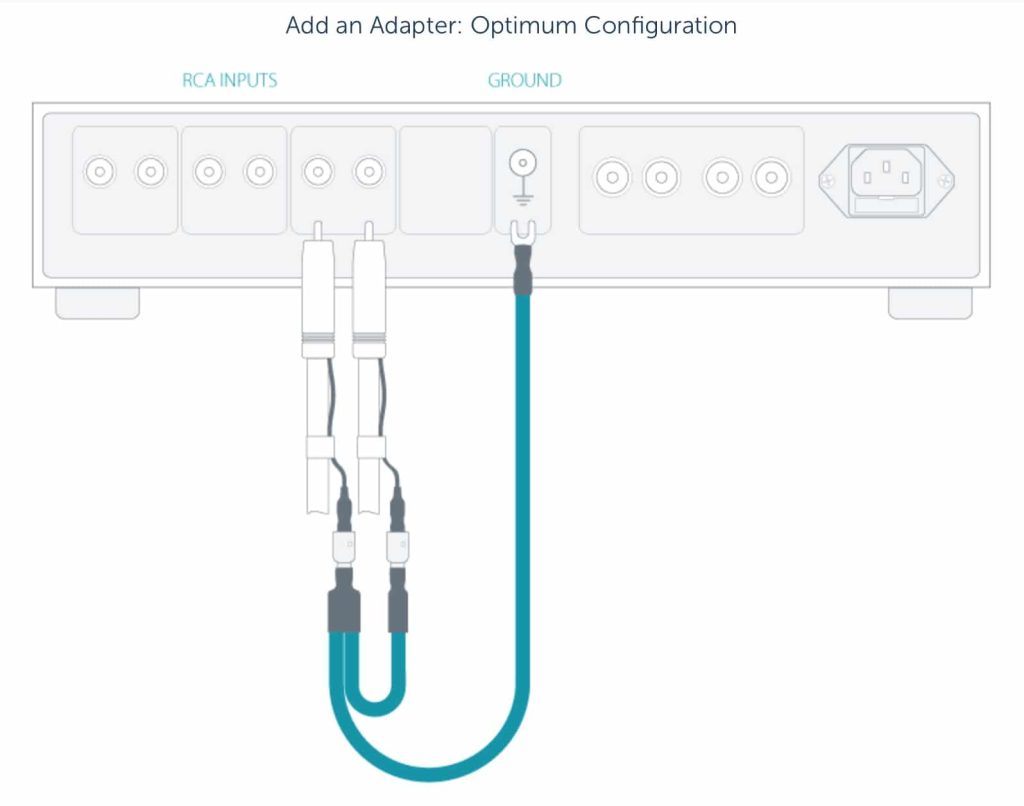
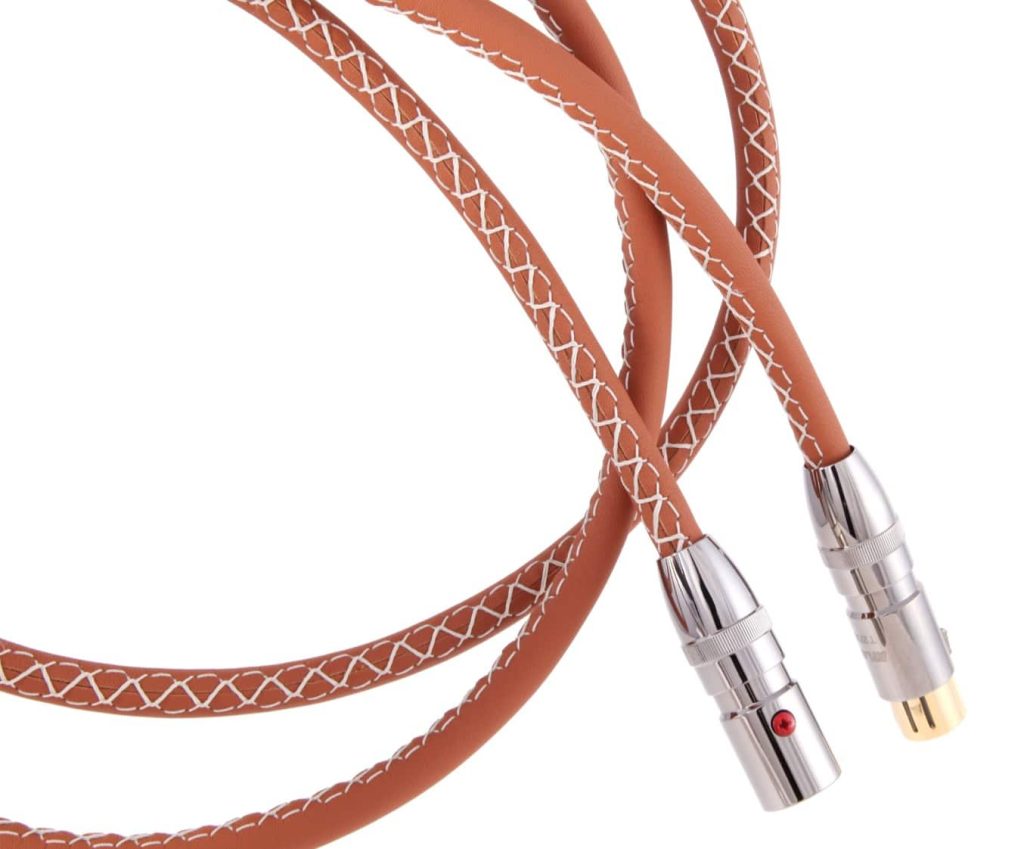
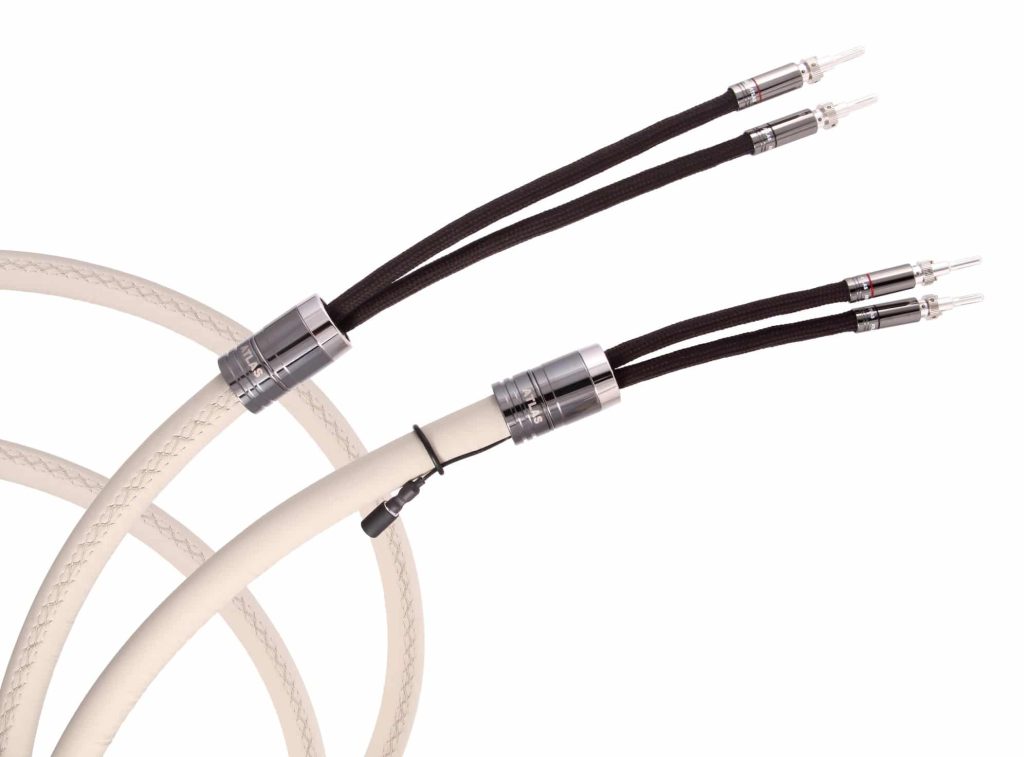




Paul Рyou’ve given these Asimi cables an 8/10 and the tellurium q ultra black 2s a 9/10. That’s impressive given how much cheaper the Tellurium q s are. I was trying to decide between the ultra blacks and the atLas mavros which are in the same price range. Any thoughts? I have a naim nap 250dr driving B&w 804 d3 speakers. Current cables are the TQ black (original ones and not the black 2)
If you like the current TQs then I’d heartily recommend the Ultras, sure.
Ive not had a chance to listen to the TQ Ultra Black IIs yet. However, I did get a chance to listen to the Atlas Mavros and the AudioQuest new Robin Hood biwires. Both really opened up the soundstage and separated the frequencies giving the feeling of air. Even my wife heard it. The Audioquest and Mavros were quite similar. By contrast, my TQ Blacks made the music sound so compressed and dull!
I was just surprised that you gave the Asimi’s an 8/10 while the TQ ultra blac IIs a 9/10!
Hi Sumit – the Asimi and Ultra II cables? I wouldn’t compare the two, they are vastly different in price terms and any comparison would be wholly unfair. You’re talking about the Asimi Ultra Grun Luxe speaker cables at over ¬£5.5k *per metre*. The Ultra Blacks IIs are under ¬£1,000 for a 3m pairing! A little over ¬£900 actually. 🙂 A pair of Atlas Mavros Grun 2-2 Speaker cables are what, ¬£1,400 for a 3m pair? Again, there’s an appreciable difference there. I like Atlas products too. I’ve always thought that they performed well. As for your findings? Well, we all have different ears and sonic preferences. If you prefer the AudioQuest and Mavros then that’s great and, if you buy either, I wish you good listening. Here’s a review of mine: https://theaudiophileman.com/atlas-mavros-speaker-interconnect-cables/
Also, please don’t directly compare ratings over disparate products. Ratings are given on the day, in relation to other items of the same price point, aimed at direct competition available at that time.
Great point. I always found that the TQs punched way above their weight.